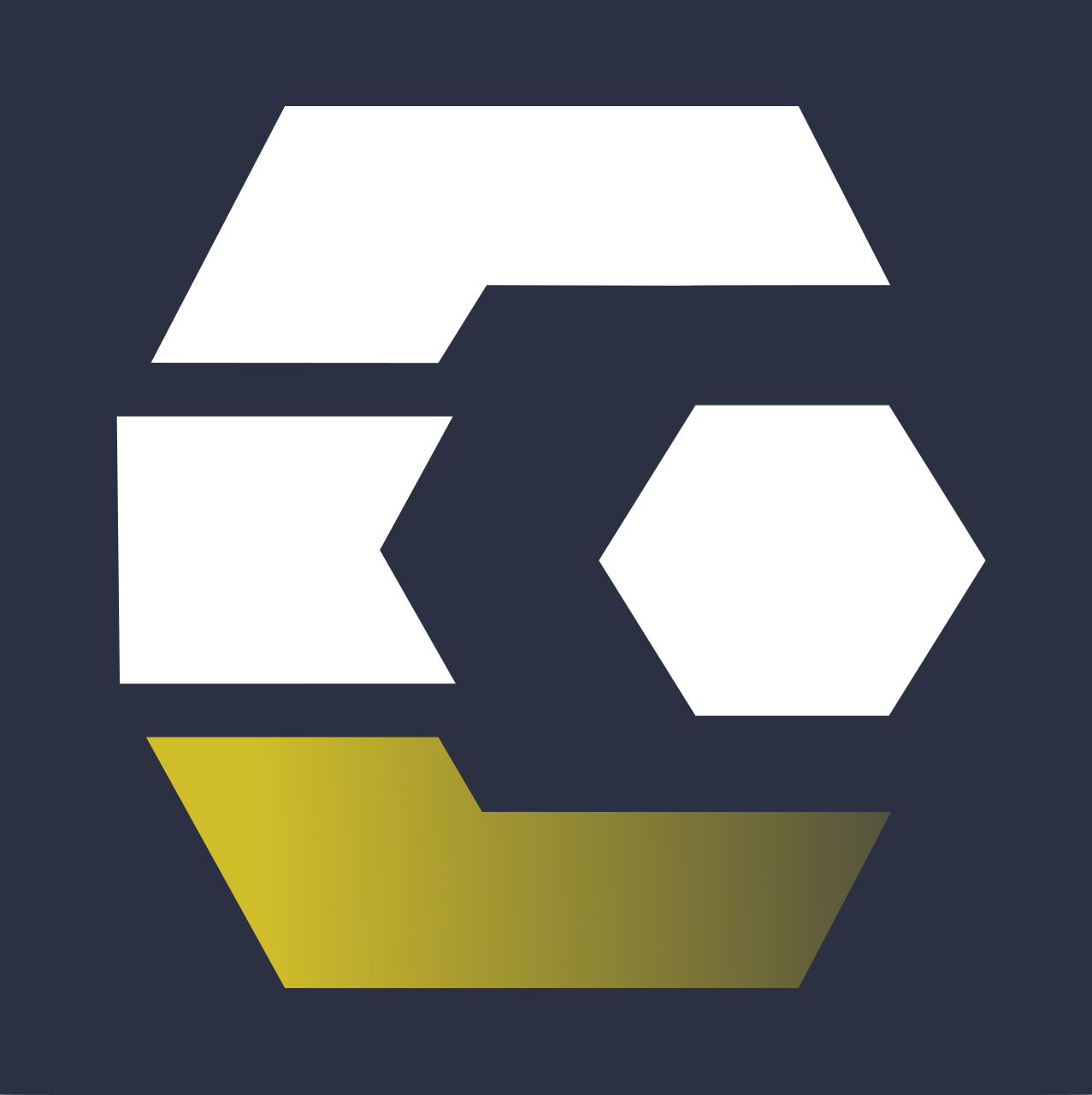Introduction to Galaxy and Sequence analysis
purlPURL: https://gxy.io/GTN:P00005Comment: What is a Learning Pathway? We recommend you follow the tutorials in the order presented on this page. They have been selected to fit together and build up your knowledge step by step. If a lesson has both slides and a tutorial, we recommend you start with the slides, then proceed with the tutorial.
We recommend you follow the tutorials in the order presented on this page. They have been selected to fit together and build up your knowledge step by step. If a lesson has both slides and a tutorial, we recommend you start with the slides, then proceed with the tutorial.
This learning path aims to teach you the basics of Galaxy and analysis of sequencing data. You will learn how to use Galaxy for analysis, and will be guided through the most common first steps of any genome analysis; quality control and a mapping or assembly of your genomic sequences.
New to Galaxy and/or the field of genomics? Follow this learning path to get familiar with the basics!
Module 1: Introduction to Galaxy
Get a first look at the Galaxy platform for data analysis. We start with a short introduction (video slides & practical) to familiarize you with the Galaxy interface, and then proceed with a slightly longer introduction tutorials where you perform a first, very simple, analysis.
Time estimation: 1 hour 40 minutes
Learning Objectives
- Learn how to upload a file
- Learn how to use a tool
- Learn how to view results
- Learn how to view histories
- Learn how to extract and run a workflow
- Learn how to share a history
- Familiarize yourself with the basics of Galaxy
- Learn how to obtain data from external sources
- Learn how to run tools
- Learn how histories work
- Learn how to create a workflow
- Learn how to share your work
| Lesson | Slides | Hands-on | Recordings |
|---|---|---|---|
| A short introduction to Galaxy | |||
|
Galaxy Basics for genomics
|
Module 2: Basics of Genome Sequence Analysis
When analysing sequencing data, you should always start with a quality control step to clean your data and make sure your data is good enough to answer your research question. After this step, you will often proceed with a mapping (alignment) or genome assembly step, depending on whether you have a reference genome to work with.
Time estimation: 5 hours
Learning Objectives
- Assess short reads FASTQ quality using FASTQE 🧬😎 and FastQC
- Assess long reads FASTQ quality using Nanoplot and PycoQC
- Perform quality correction with Cutadapt (short reads)
- Summarise quality metrics MultiQC
- Process single-end and paired-end data
- Run a tool to map reads to a reference genome
- Explain what is a BAM file and what it contains
- Use genome browser to understand your data
- assemble some paired end reads using Velvet
- examine the output of the assembly.
- Assemble a chloroplast genome from long reads
- Polish the assembly with short reads
- Annotate the assembly and view
- Map reads to the assembly and view
| Lesson | Slides | Hands-on | Recordings |
|---|---|---|---|
|
Quality Control
|
|||
|
Mapping
|
|||
|
An Introduction to Genome Assembly
|
|||
| Chloroplast genome assembly |
Editorial Board
This material is reviewed by our Editorial Board:
Funding
These individuals or organisations provided funding support for the development of this resource
